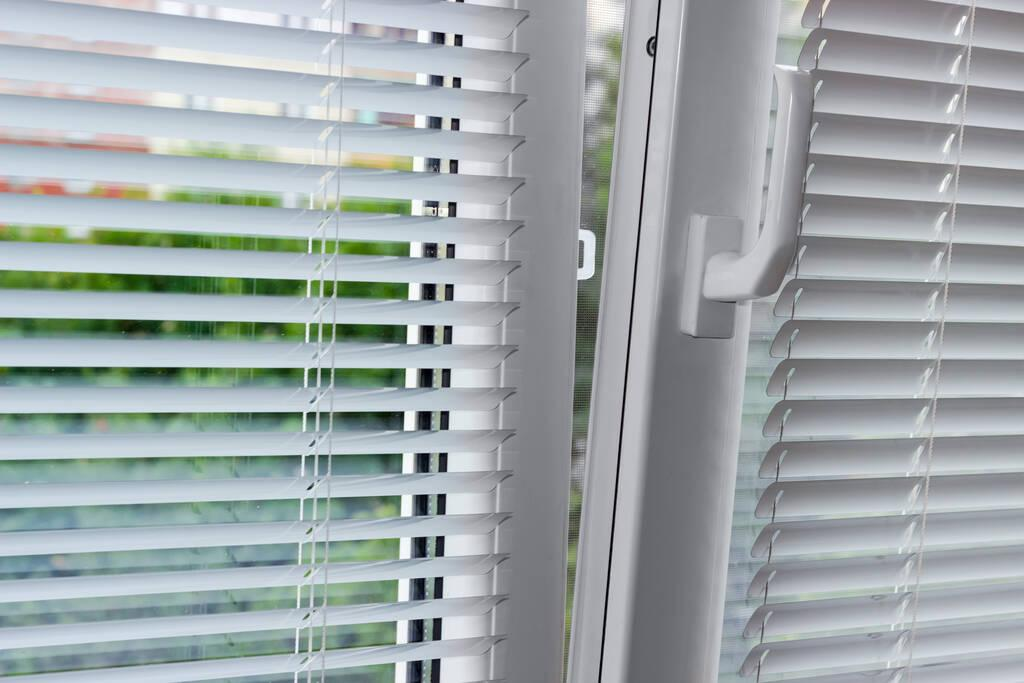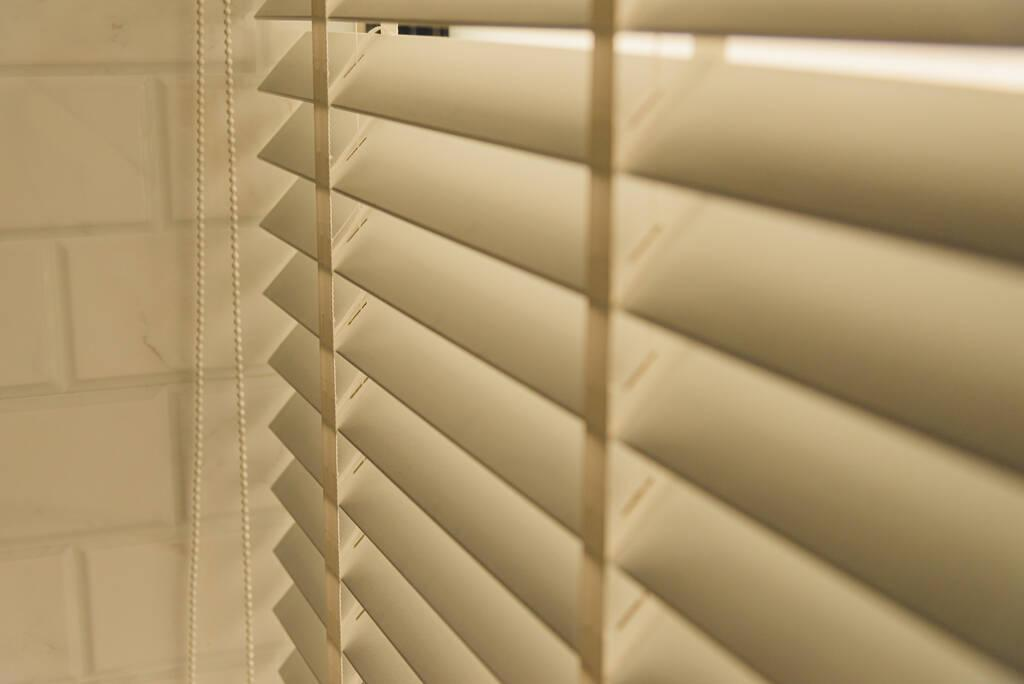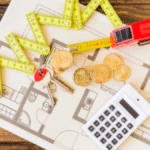A smart home is a residence equipped with internet-connected devices designed to improve automation and efficiency. These technologies allow homeowners to remotely control lighting, heating, security, and appliances through smartphones or voice commands. By integrating Internet of Things (IoT) devices, smart homes offer increased convenience, energy savings, and enhanced security, creating a connected environment that simplifies daily tasks and enhances quality of life. Integrating motorized shades with automated systems is an effective way to boost home comfort and efficiency. This integration allows users to manage natural light, lower energy costs, and improve privacy effortlessly. Programmable routines can adjust shade positioning based on time of day or weather conditions. Additionally, motorized shades can be incorporated into broader home automation platforms, providing a seamless and sustainable living experience. Click the link for morinformation:https://rollishades.com/collections/motorizedshades
Understanding Motorized Shades
Motorized shades are window treatments fitted with automated mechanisms that allow operation via remote control, smartphone apps, or home automation systems. These shades offer convenience by enabling easy adjustment of light levels and privacy, especially for windows that are difficult to reach. Beyond practicality, motorized shades can enhance energy efficiency and contribute to a room’s style. They are available in a wide range of materials and designs, balancing functionality with aesthetics for modern homes. Several types of motorized shades cater to different needs and tastes. Roller shades are popular for their clean, streamlined look. Roman shades offer a softer, elegant appearance, while cellular shades are prized for their honeycomb design, which improves insulation and energy efficiency. Vertical blinds are suited for larger windows or sliding doors. Smart motorized shade systems integrate smoothly with home automation platforms, allowing for convenient, centralized control throughout the day and night. These shades provide multiple benefits for smart homes. Homeowners can effortlessly control natural light with apps or voice commands, creating customized ambiance and comfort. They enhance privacy and security by automatically adjusting when the house is unoccupied. Integration with other smart devices allows synchronized operation, which helps reduce energy consumption and protects furniture from sun damage.
Automated Systems in Smart Homes
Automated home systems improve convenience, security, and energy efficiency by managing lighting, temperature, appliances, and security devices remotely or automatically. These systems often use sensors and artificial intelligence to learn homeowner preferences and optimize performance. Mobile apps and voice commands simplify control, making everyday living easier while supporting sustainability and improved comfort. Motorized shades work well with various automated systems to elevate user experience. Smart home hubs such as Amazon Alexa or Google Home enable voice control for shade adjustments. Manufacturer apps allow personalised scheduling and programming. Sensors can adjust shades in real-time, responding to environmental changes like sunlight intensity or temperature. Integration with security systems ensures privacy while maintaining energy efficiency, all controlled seamlessly through modern technology. Automated systems operate motorized shades by using sensors, remotes, or apps to adjust the shades based on user preferences or environmental factors. Pre-set routines can open or close shades to follow daily sunlight patterns or privacy needs, improving comfort and energy savings while reducing manual effort.
Integrating Motorized Shades with Automated Systems: A Step-by-Step Guide
Choosing the right motorized shades and automation system requires assessing specific needs, style preferences, and budget. It is important to research available technologies and ensure they are compatible with existing smart home platforms. Energy efficiency and ease of use should be priorities. Professional consultation can help identify solutions that improve comfort and enhance home aesthetics.Setting up the automated system involves several key steps. First, define which tasks can be automated to increase convenience. Then, select software tools compatible with the home’s infrastructure. Following installation, configure devices according to preferences and conduct thorough testing to identify and resolve any issues. Ongoing monitoring and adjustments ensure the system continues to operate effectively.The integration process combines the individual functionalities of motorized shades and automated systems into one cohesive framework. This streamlines control, improves communication between devices, and enhances overall home efficiency. Successful integration reduces redundant actions and supports innovative solutions, providing a smooth and satisfying user experience.
Tools and Equipment for Integration
Effective integration requires specific tools, including measuring devices, cutting tools, and assembly equipment suited to the installation. Safety gear such as goggles and gloves is essential to protect installers during the process. Maintaining tools properly contributes to better performance and durability. Familiarity with each tool’s function helps ensure precise and successful installation.Tools can be purchased or rented from local hardware stores, specialised rental centres, or online marketplaces. Peer-to-peer rental platforms and community forums may offer cost-effective alternatives. Comparing prices and availability is advisable to secure the best option.
Benefits of Integrating Motorized Shades with Automated Systems
Integrating motorized shades with automated systems increases a home’s value by modernizing features, boosting convenience, and promoting energy efficiency. Controlled access and advanced encryption protect residents’ data and enhance security and privacy. Energy savings reduce environmental impact and lower utility bills through intelligent shade management and sustainable practices. Together, these benefits contribute to a more comfortable, secure, and eco-friendly living environment.







